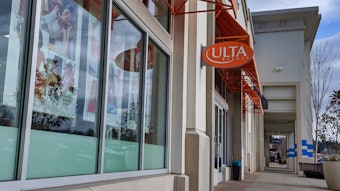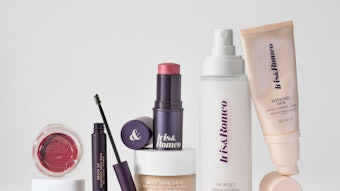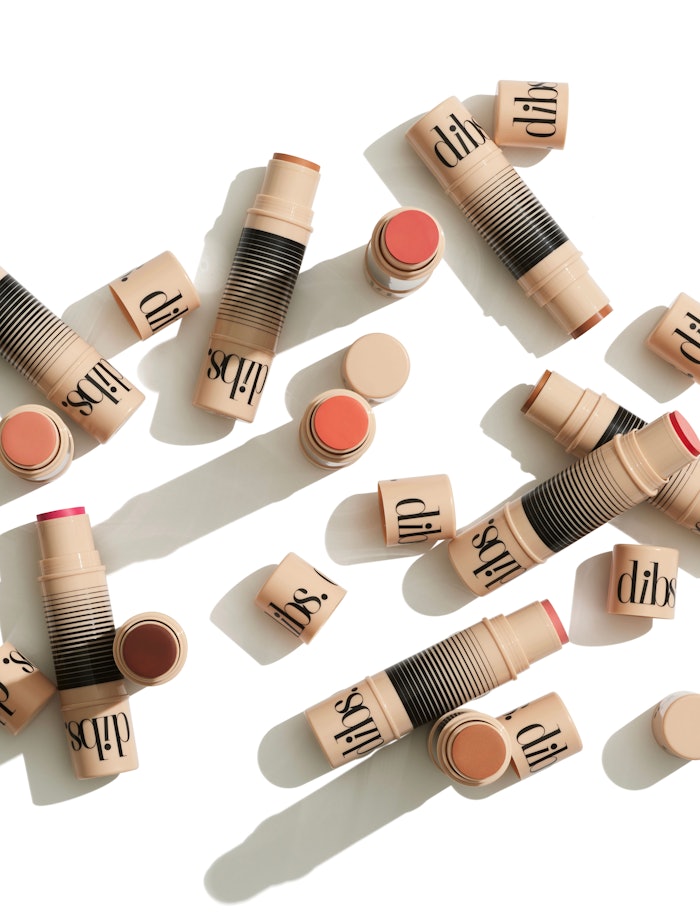
I’m a believer that any prospective founder should start from the assumption that the world doesn’t need another beauty brand. The why behind our brand, DIBS, has therefore been just as important as the how. We are on a mission to make makeup accessible and no-pressure for people across the United States who may be intimidated by the minimalist or over-the-top aesthetic of popular coastal brands. That’s the North Star for everything we do from the products we innovate to the ongoing dialogue we have with our community.
I came to co-found DIBS after serving as the chief operating officer of ARod Corp, where we worked with numerous celebrity-backed ventures. Whether it’s a trending celebrity or Tik Tok influencer, I call these people the magnets, and the beauty playbook is simple. Marry the talent with a business side and push the button on social media.
The typical result is a supernova, where the brand immediately captures a share of the magnet’s existing audience (and a burst of free publicity) but then subsides after the one-time purchase. Our goal with DIBS from day one was to build a new universe to turn the people we attract into magnets themselves, and we’ve approached it through a relentless focus on our team, personalization and meeting our community where they are.
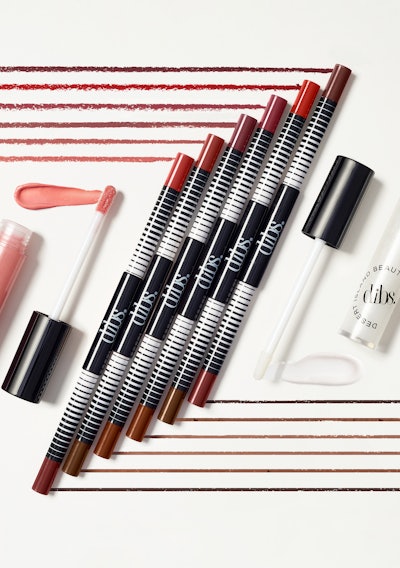 DIBS' products are vegan, cruelty-free, clean, allergy-tested and dermatologist-tested.
DIBS' products are vegan, cruelty-free, clean, allergy-tested and dermatologist-tested.
Not All Magnets (and Teams) Are Equal
Even though my co-founder, Courtney Shields, has an enormous social media following—and we’re lucky to have incredible influencers who’ve invested in many different ways into the brand—we are unlike the vast majority of magnet brands I’ve seen. Courtney and our product advisers are deeply invested in the daily workings of the company, but also our collective community.
It’s rare for a magnet personality to have the time, let alone interest, to engage in deep conversations with people they’ve never met over social media over why they find lip kits uninspiring or body highlighters to be messy and fussy. Yet, those insights have proven more important to the development of our brand than any topline following or engagement numbers.
That responsibility flows to every member of our team. I’ve seen community members come up to our team and ask for photos, saying “I know you from Instagram!” We’re not influencers, but we are another way of having that all-important customer dialogue.
A Personalized Approach
Together with our investors, who include industry heavyweights Ken Landis and Dan Reich, we made the decision to go at this alone. The popular model of marrying a magnet to an incubator, which services multiple brands with lean central staff, doesn’t work for us. Our e-commerce, marketing and product development functions are DIBS first and DIBS only.
During my time at Net-A-Porter, I was always struck by the level of personalized attention dedicated to the VIP customer—those legendary stories of staff flying clothes out to customers on chartered aircraft. People know that they can have a real conversation with us about anything, despite the volume of orders we do, and we’ve seen that investment pay off already with a returning customer rate of >60%.
Meeting the Community
While we aren’t fully back into the pre-pandemic environment, the return of in-person interactions has been key. Instead of focusing on lavish PR materials and events, Monika Janeczek, our director of brand development and PR, spends a great deal of time introducing our products to industry experts, especially makeup artists, in one-on-one settings.
For our most innovative launch this year, the No Pressure Lips, we brought in a dozen local community members to meet with the team in Austin, Texas and gave them first dibs on the highly-coveted products—a message that our community is the hero, and a format we will roll out across the country. While we’re still early in the game, we’ve seen three successive same-day sell-outs, and we’ve identified communities in all 50 states who will form the backbone of our next phase.
In an age where traditional digital marketing has become extraordinarily expensive, celebrity and influencer brands are not going away. Our bet, however, is that the brands that put in the gritty, hands-on work of building and retaining—rather than relying on the explosive power of a single magnet—will outperform.
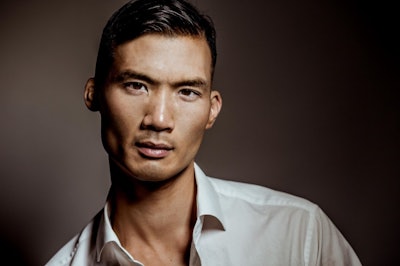 Jeff Lee is the CEO and co-founder of DIBS Beauty.
Jeff Lee is the CEO and co-founder of DIBS Beauty.





